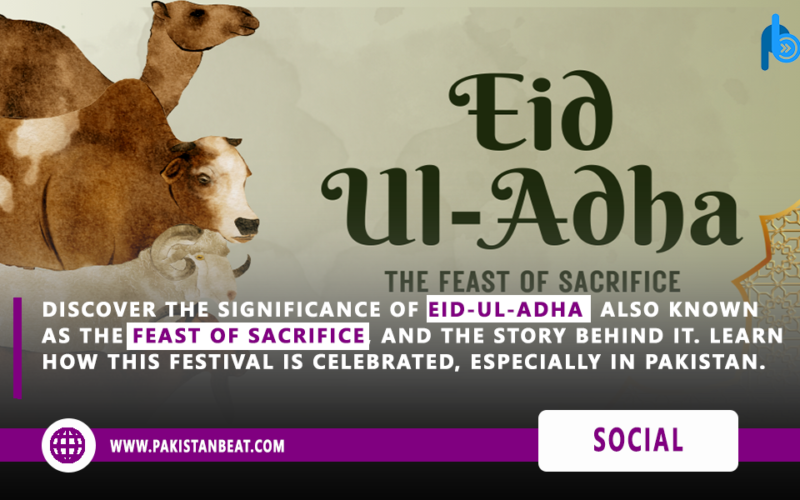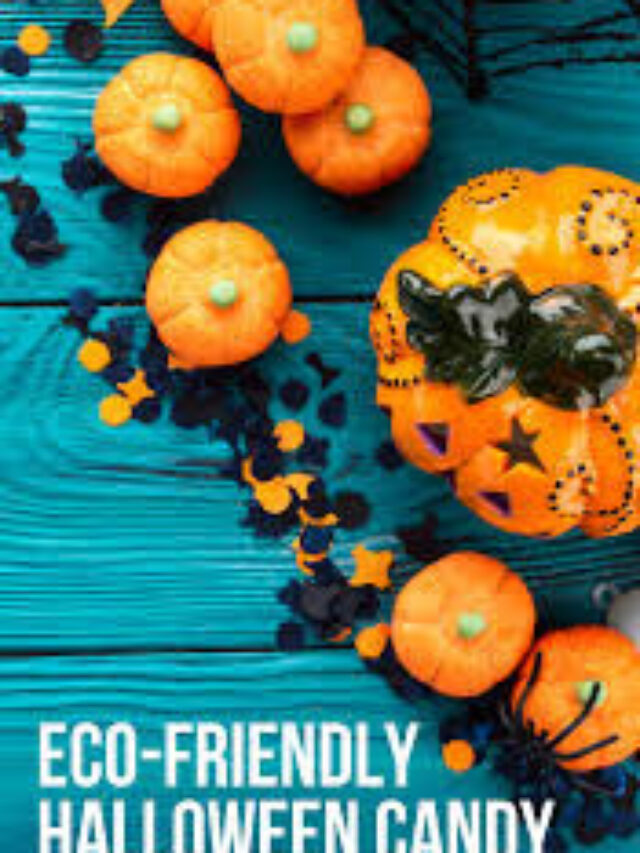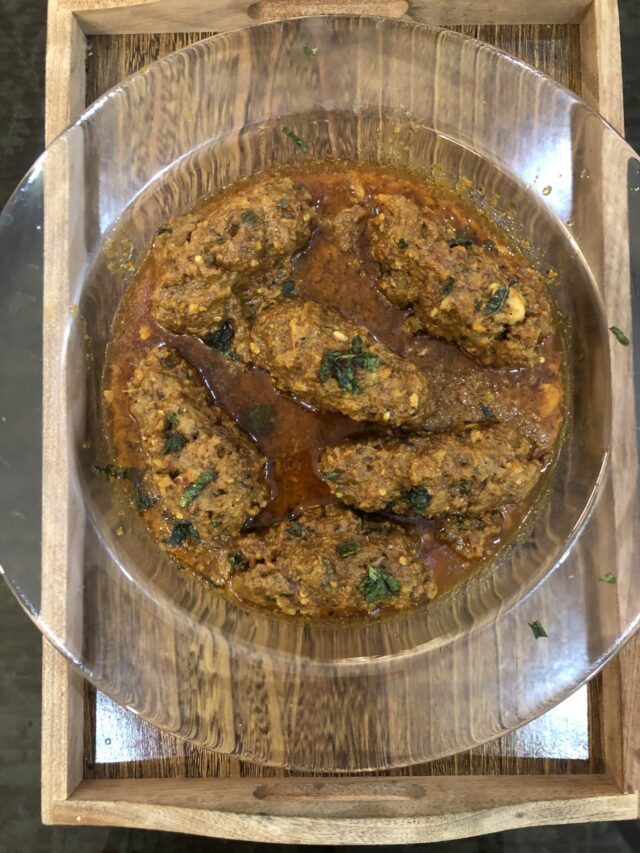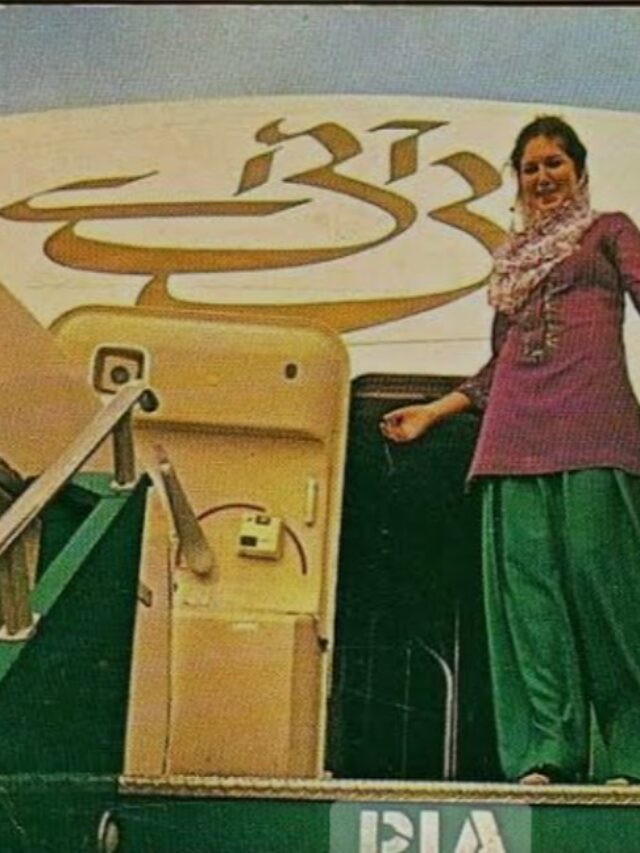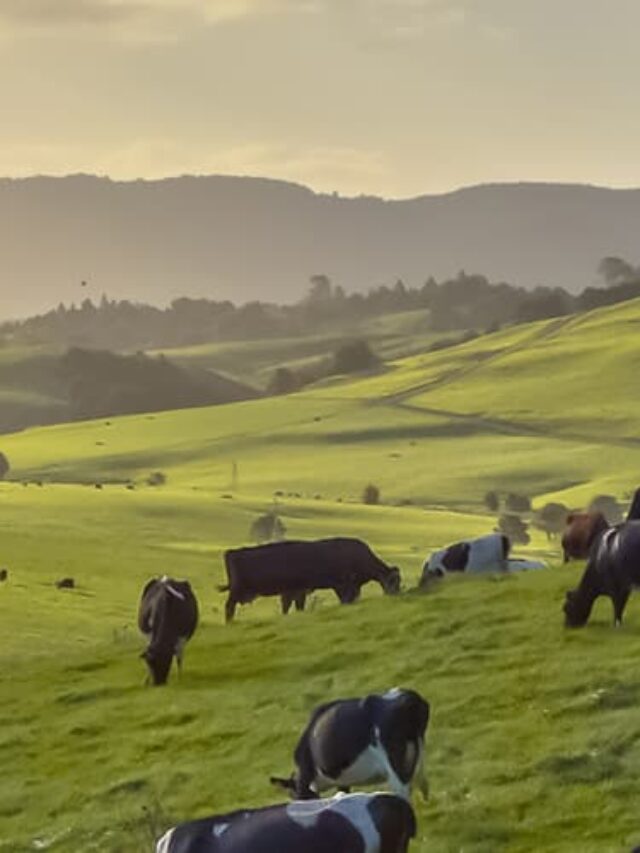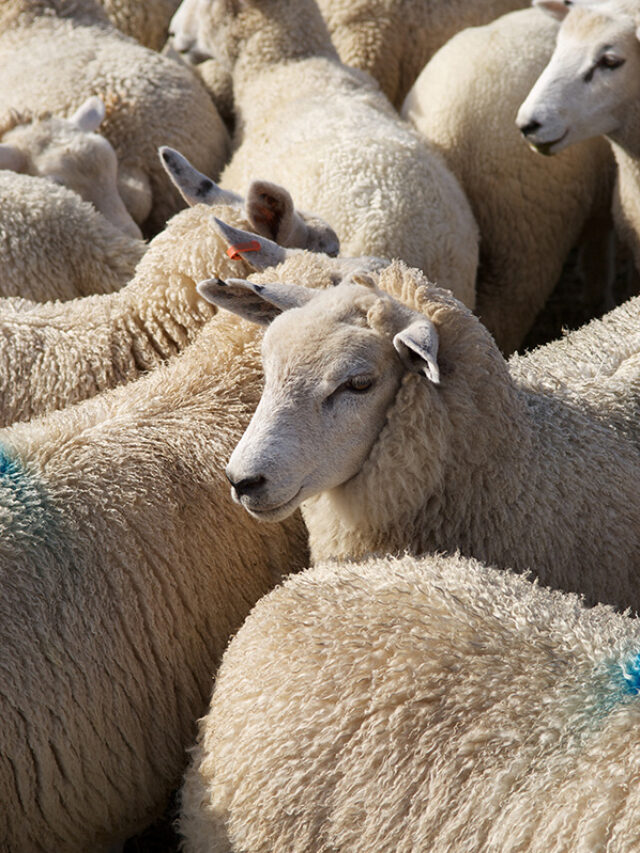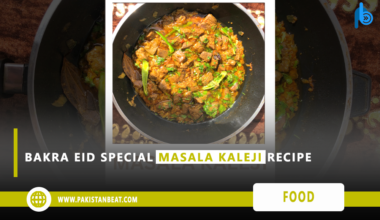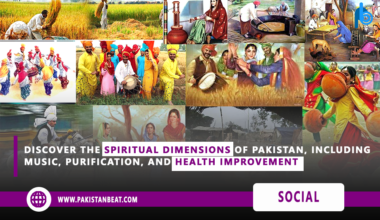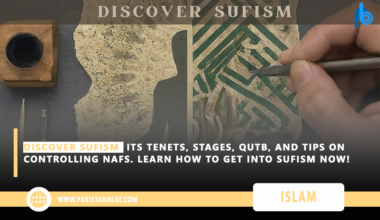Eid-ul-Adha, called The Feast of Sacrifice, is one of the most crucial festivals in the Islamic calendar. Celebrated with the valuable resource of manner of the usage of hundreds of Muslims around the area, it commemorates the willingness of Prophet Ibrahim (AS) (Abraham within the biblical way of existence) to sacrifice his son Ismail in obedience to God’s command. This act of devotion and religion is vital to the celebration, making the sacrifice of farm animals a massive ritual in a few unspecified times inside the destiny of the opposition. This article delves into Eid-ul-Adha’s historic, non-secular, and cultural factors, exploring its origins, practices, and celebration in brilliant elements of the arena, including Pakistan.
The Story Behind Eid-ul-Adha
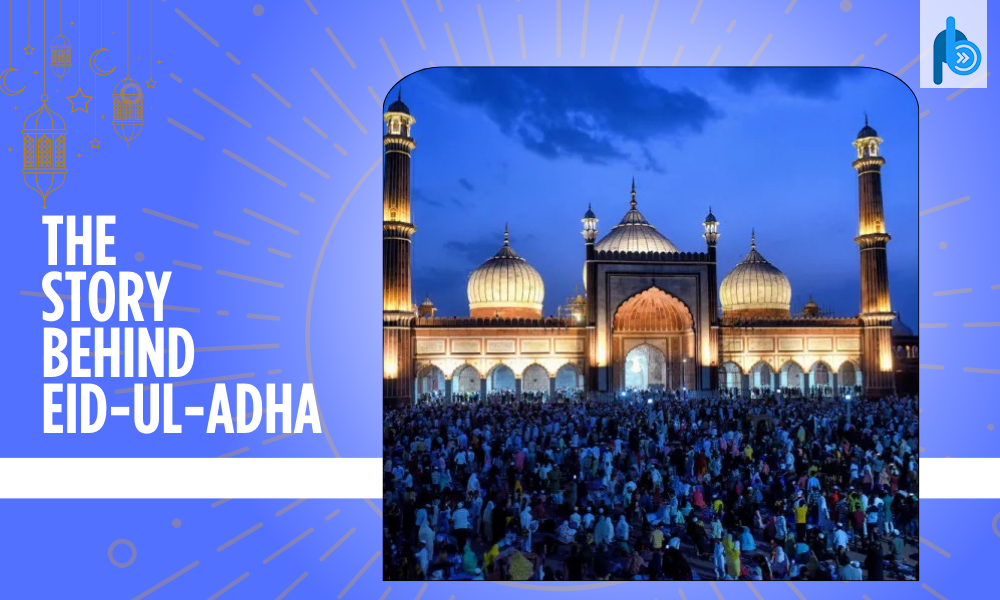
The story of Eid-ul-Adha well-known shows its roots in the Quran, in which it’s miles narrated that Prophet Ibrahim (AS) obtained a divine command in a dream to sacrifice his loved son, Ismail. Despite the emotional turmoil, Ibrahim (AS) organised to satisfy God’s will. Just as he modified into approximately to sacrifice his son, God intervened and provided a ram to be sacrificed as an alternative. This act of obedience and religion is commemorated every three hundred and sixty-five days during Eid-ul-Adha by Muslims globally.
The tale of Ibrahim (AS)’s willingness to sacrifice Ismail is also stated in the Bible, highlighting the shared statistics among Islamic and Judeo-Christian traditions. This narrative underscores the problem topics of faith, obedience, and divine mercy, which the party of Eid-ul-Adha can treasure.
Prophet Ibrahim (AS) is defined as a model of obedience and righteousness:
“Surely Abraham modified into an example, obedient to Allah (SWT), thru way of nature upright, and he has become not of the polytheists. He came to be thankful for our bounties. We decided on him and guided him on a proper path. We gave him rights worldwide, and in the next, he will be the most numerous righteous.” – (Qur’an 16:120-121)
Allah (SWT) examined Prophet Ibrahim (AS) with numerous trials and tribulations, however, his religion remained strong. There are some notable memories about his lifestyle, and I urge you all to teach them to your children. A shining example of this shape of story is “The Sacrifice of Ismail.”
The Feast of Sacrifice
Eid-ul-Adha, which translates to “The Feast of Sacrifice,” holds profound significance within the Islamic religion. The sacrifice symbolises the believer’s readiness to surrender what’s precious to them in submission to God’s will. It furthermore serves as a reminder of God’s mercy, as He modified Ismail with a ram, sparing his existence. This act of sacrifice is a form of worship and an instance of harmony with the loads a whole lot, a first-rate deal, a high-quality deal much less fortunate, due to the fact the pork from the sacrificed animals is despatched among own family, friends, and those in need.
Why Livestock ?
The varieties of Livestock traditionally sacrificed at some stage in Eid-ul-Adha encompass sheep, goats, and cows. These animals are determined to be based entirely on spiritual tips, as stated in the Quran and Hadith. The animals’ requirements are to be healthful, of a great age, and unfastened from defects. The sacrifice of Livestock is an exercise that dates back once more to the time of Prophet Ibrahim (AS) and is finished by precise secular hints to ensure the act is completed with due apprehend and cause.
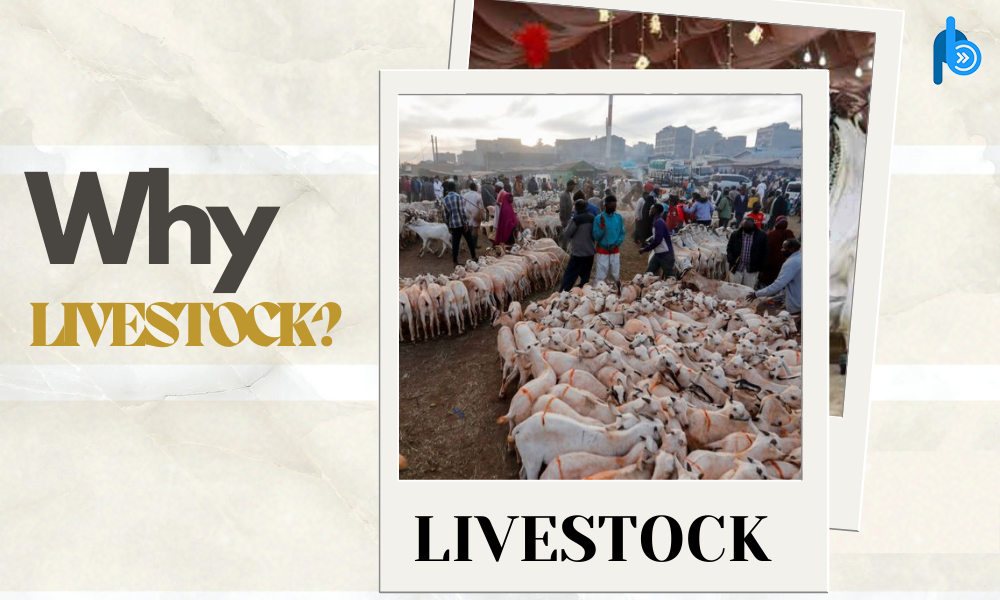
Rituals and Practices During Eid-ul-Adha
Preparations for Eid-ul-Adha start well earlier than the actual day of the opposition. Families purchase animals for the sacrifice and make sure they may be well-cared for. The sacrificial act is finished after the precise Eid prayer; this is held in congregational settings with mosques or open fields. The head of the family or a delegated character usually performs the sacrifice, invoking God’s call and supplying a prayer.
The meat from the sacrificed animals is cut up into three elements: one-0.33 for the own family, one-0.33 for companions and kids and pals, and one-1/three for people in need. This distribution suggests the spirit of charity and network, ensuring everyone is at the advantage of the opposition.
During Hajj, Muslims Celebrate Eid-ul-Adha
Eid-ul-Adha coincides with the speed of a 12-month Hajj pilgrimage, one of the Five Pillars of Islam. Pilgrims in Mecca perform their non-public sacrifices as part of the Hajj rituals. The connection between Hajj and Eid-ul-Adha is profound, as every encompasses the troubles of sacrifice, devotion, and community. During Hajj, pilgrims commemorate Ibrahim (AS)’s willingness to sacrifice his son by taking elements inside the act of sacrifice, reinforcing the opposition’s significance.
How Eid-ul-Adha is Celebrated Worldwide
Eid-ul-Adha is widely recognised for its several customs and traditions at some stage around the globe. In worldwide locations like Saudi Arabia, Turkey, and Egypt, the opposition is marked via extensive communal prayers, festive food, and the trade of devices. Each way of existence brings a unique flavour to the celebration, incorporating network customs and practices.
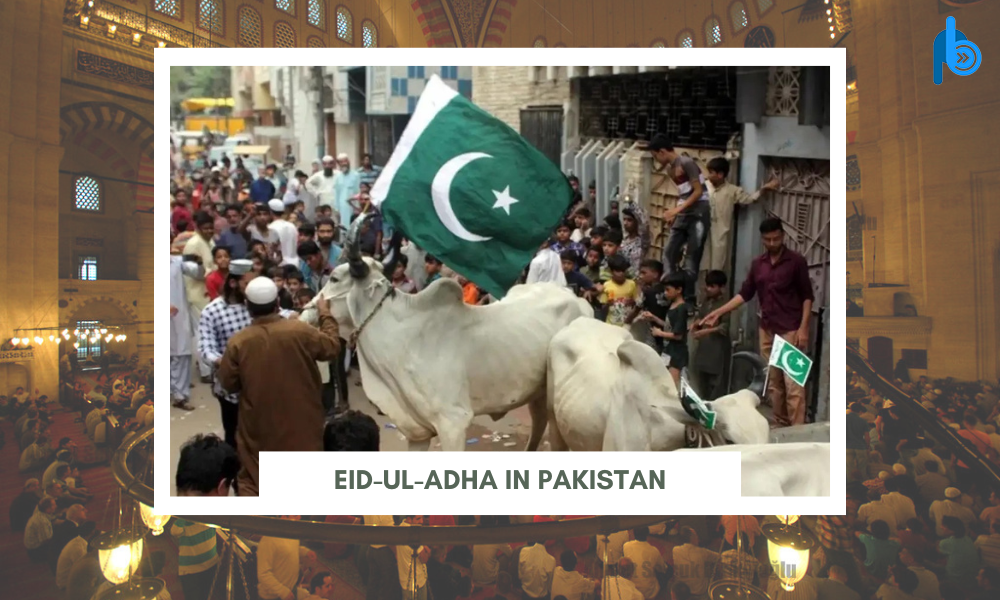
How Eid-ul-Adha is Celebrated in Pakistan
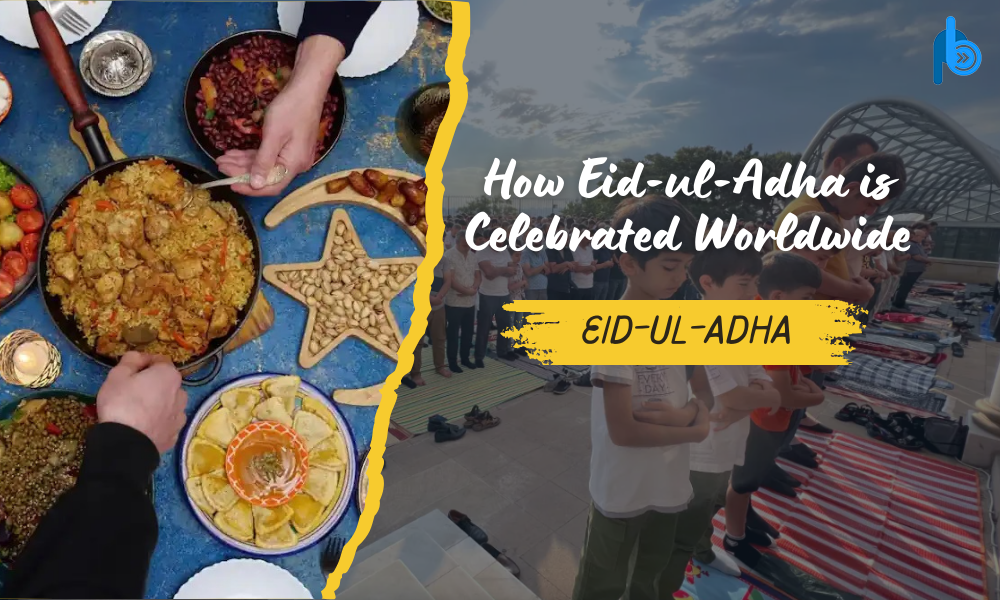
In Pakistan, Eid-ul-Adha is significantly diagnosed with notable enthusiasm and devotion. Preparations begin weeks in advance, with families looking for animals for the sacrifice. As humans buy and sell Livestock, the streets and markets are bustling with interest. On the day of Eid, households gather for the proper prayer, which is decided through sacrifice. The meat is then allotted to one’s family, pals, and needy people, with many donating a big problem to charitable agencies.
Communal gatherings and festive food are a vital part of the birthday celebration in Pakistan. Families go to each unique, trade presents, and percentage traditional dishes. The spirit of charity is apparent as many Pakistanis take this opportunity to be helpful resources to the entire lot, a whole lot heaps, an entire lot less fortunate, through donations and acts of kindness.
The Spirit of Eid-ul-Adha
Eid-ul-Adha isn’t quite hundreds the bodily act of sacrifice; it embodies deeper non-secular meanings. It is a time for Muslims to mirror the values of obedience, religion, and charity. The competition serves as a reminder of the significance of selflessness and compassion in the path of others. By sharing the sacrificial meat with those in want, Muslims enhance the bonds of community and show the thoughts of Islamic charity (Zakat).
The topics of sacrifice and devotion are contemporary-day, resonating with believers on a private diploma. Eid-ul-Adha encourages Muslims to evaluate their private lives and consider what they’re inclined to sacrifice in their devotion to God. It is a time for religious renewal and reaffirmation of religion.
Conclusion
The Feast of Sacrifice, Eid-ul-Adha, is a profound and profound super competition in Islam. Rooted within the tale of Prophet Ibrahim (AS)’s unwavering religion and obedience to God, it is a time for Muslims globally to head again lower back and collectively in worship, sacrifice, and charity. The rituals and practices of Eid-ul-Adha, from the sacrificial act to the distribution of meat, highlight the opposition’s middle values of devotion, networking, and compassion. Whether celebrated within the context of Hajj or in houses around the location, Eid-ul-Adha is a powerful reminder of the necessities of faith and selflessness that lie at the coronary heart of Islam.
Relatable Blog from this Author: The Comprehensive Guide to Goat Red Meat: Benefits, Nutrition, and More
